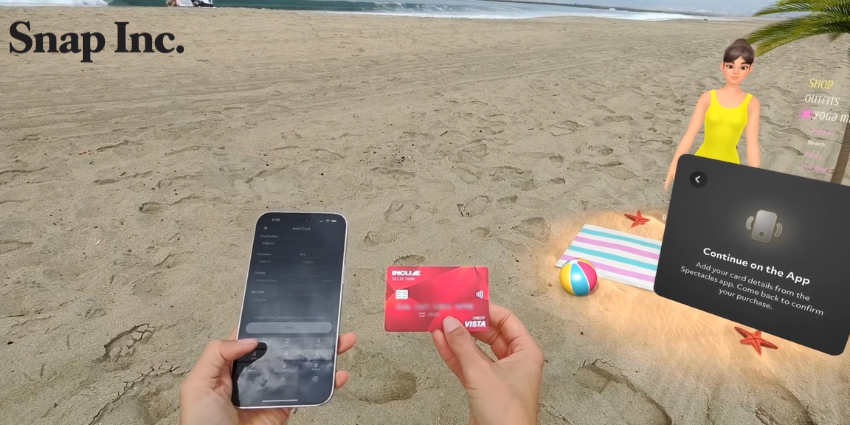Despite the infamous failure of Google Glass back in 2014, AR smart glasses are coming back in a big way – especially in the enterprise marketplace.
As stated in a recent study by Deloitte, smart glasses are already advancing in hands-on industries such as manufacturing, logistics, field services, inspection, and operations, with 93% of large industrial companies now either using or evaluating the technology.
Considering the above, it’s clear that smart glasses and wearables will become an essential part of the enterprise in the future – but why is it so crucial to start building a smart glasses strategy in 2021?
Let’s take a look at some of the biggest reasons.
Enhanced Productivity
One of the most significant advantages smart glasses offer to the enterprise right now is a substantial increase in productivity levels, task-performance, and efficiency.
According to a study carried out by the Institute of Manufacturing at the University of Cambridge, subjects using smart glasses during an experiment “delivered a higher quality of work and a faster performance” rate than those who only had smartphones.
When the experiment was repeated with the same subjects four weeks later, the results showed those using smart glasses for work had retained more information and were more productive than the smartphone-only group.
Real-Time Collaboration
As the COVID-19 crisis continues to restrict free movement and human-to-human contact, the demand for next-gen collaboration tech is more vital than ever before.
While virtual reality platforms like Spatial help remote office workers in the enterprise continue to collaborate, AR platforms like ThirdEye provide an ideal solution for field-service agents and other front-line workers who can’t work from home.
With features like real-time remote-guidance, hands-free video calls, AR data visualization, and spatial computing, AR smart glasses ensure workers stay connected around the clock irrespective of time zone or location.
Better Training
As well as increasing the productivity and collaboration of employees in deployed workforces, organizations can also use smart glasses to drastically improve the speed, efficiency, and success of training operations.
Instead of learning in dedicated training courses or specialized programs outside of work, smart glasses allow employees to learn as they go in real-life field operations.
As well as improving the level of training by giving each trainee remote-guided, hands-on experience from day one, it also helps organizations cut back on training costs while speeding the productivity rates of trainees up by a considerable measure.
Faster Resolutions
Back in the day, completing complex tasks meant organizations had to ship out highly skilled technical professionals to different job sites worldwide. As well as incurring substantial travel costs, this process was slow and meant that specialist jobs could take days, weeks, or even months to complete.
With the remote-guidance capabilities available through enterprise-grade smart glasses, organizations no longer need to cover travel expenses or wait for technical specialists to arrive on site.
Instead, they just have to source a local entry-level engineer located close to the job site, fit them with a pair of AR smart glasses, then connect them with the technical specialist thousands of miles away who can complete the task by proxy.
Talent Acquisition
As technology continues to evolve, so do the expectations of the people who use it – and the enterprise world is no exception.
Much in the same ways that consumers expect brands they use to keep up with their demands on a technological level (omnichannel/multi-platform support, social media engagement, etc.), the employees working for those organizations also have expectations.
By meeting these expectations and positioning themselves as a north star in the emerging technology space, organizations have a much better chance of attracting the best new talent in the future.
The Future of Enterprise Smart Glasses
According to Grand View Research, the global smart glass market size (valued at USD 3.71 billion in 2018) is expected to achieve a CAGR of 15.2% from 2019 to 2025.
While the arrival of brands like Facebook and Apple suggests that 2021 will more than likely reignite smart glasses in the consumer space, the growing number of business-only wearables and AR applications prove the enterprise will account for a sizeable percentage of that market growth.







